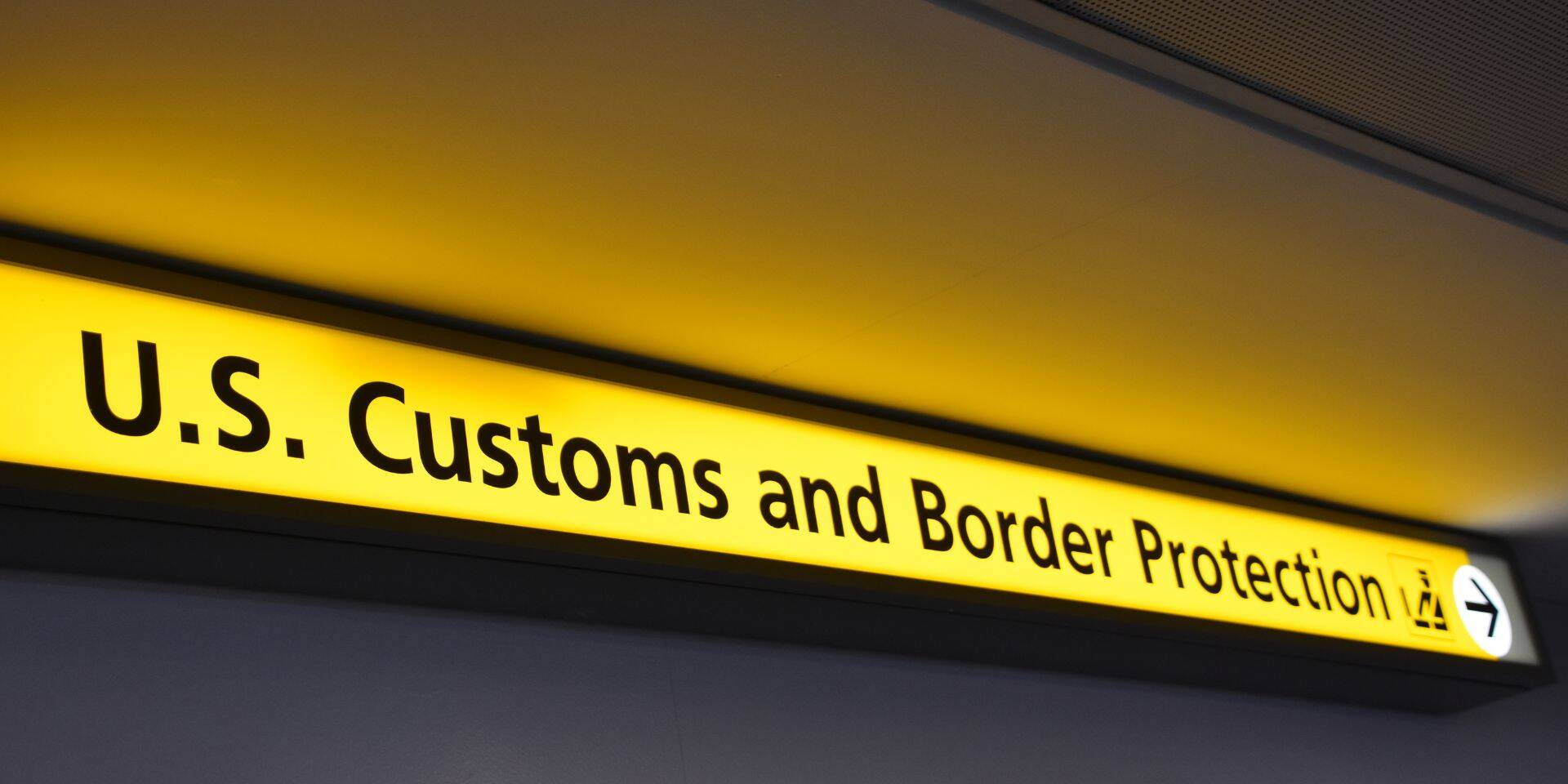Ongoing hiring delays and high attrition rates are cited as issues for U.S. Citizenship and Immigration Services (USCIS) caseload backlog. The organization is being reprimanded by the U.S. Government Accountability Office (GAO) for not doing enough to reduce the millions of immigration cases under their inspection. The GAO recommends USCIS create a long-term strategy on workforce management to get the delays under control, among other suggestions.
In the GAO’s 72-page report, they cited USCIS applications and petitions remained between 8 million and 10 million from 2015 to 2020, respectively. However, caseloads grew by approximately 85% as delays in processing caused in part by the COVID-19 pandemic and related staffing shortages reduced their ability to adjudicate cases. Additionally, competing priorities, policy changes, and expanded interview requirements led to the extension of processing times.
Further, the GAO stated USCIS failed to identify the resources needed to address the growing backlog, including required funding, recruitment of new staff, and the low retention rate of existing staff. GAO also noted that there is not a reliable case management information system for older cases.
The GAO recommends USCIS actively address these issues. The creation and monitoring of performance measures is one such suggestion. A more proactive approach to understanding the needs of the organization to keep caseloads at a more current level of processing is also suggested by the GAO.
The Department of Homeland Security, which oversees USCIS, agreed with the GAO recommendations except for generating a long-term workforce plan. DHS believes the current workforce plan meets its needs. Due in part to ongoing and frequent immigration policy changes, DHS does not see the need for a long-term workforce plan.
Recommendations from the GAO were made after reviews of USCIS data from 2015 to 2020 and interviews with USCIS officials.
Some highlights of their findings include:
- Alien relative petitions (I-130s) made up the largest share of pending cases with 24% of the 2020 caseload, up 90% from 2015
- Asylum requests more than tripled
- Naturalization requests more than doubled
- Employment authorization applications rose 80% from 2015 to 2020
- Permanent resident applications rose 45% over the same time
- Credible and reasonable fear caseloads also nearly doubled from 2014 to 2018
- Permanent resident card replacement forms and nonimmigrant worker petitions are the only two categories that did not increase from 2015 to 2020
Another explanation for the increase in delay is the amount of information required in forms, which also grew. As a result, staff needed longer to complete forms, gather evidence, and adjudicate requests. One example cited is the Permanent Resident Application. In 2015, only 18 questions were on that application. In 2020, there are 229 questions.
USCIS stated they have been taking a proactive approach in recent months. They stated they are limiting processing delays and shifting resources to high-priority areas. Additionally, they have temporarily suspended biometrics requirements for the extension of some nonimmigrant dependents and eliminated some inefficient policies that required multiple filings from an individual applicant for the same immigration benefit.
USCIS has 16 program offices and directorates, of which 3 are responsible for processing applications and petitions.
In 2002, USCIS received $500 million to reduce caseload backlog to 6 months, which it achieved. However, by 2008, caseload again began rising due to an increase in requests from the southwest border.
President Biden’s 2022 budget includes a $345 million request to Congress to support DHS’ application processing, refugee program operations, and to address the backlog.
ILBSG continues to monitor ongoing developments in immigration law and processing in the U.S. If you have questions about any immigration-related issue, contact us. We are here to help.
Related Posts
May 14, 2025
June 2025 Visa Bulletin: Modest EB-2 and EB-3 Movement, Slight F-4 Movement
The June 2025 visa bulletin will see…
May 8, 2025
Immigration Officials used Criminal Database for Student Visa Terminations
DHS revealed they used the FBI-ran NCIC…



